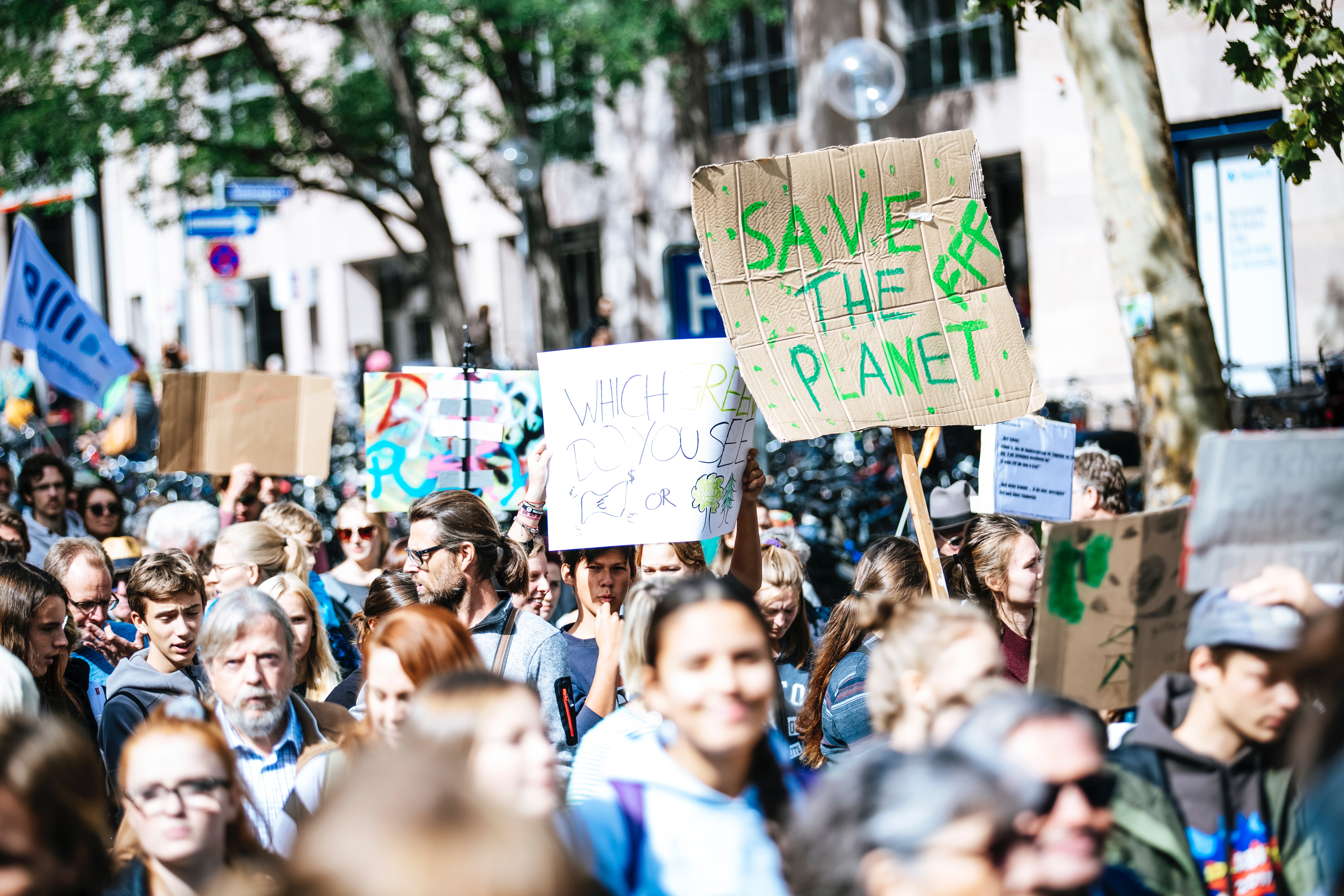
From the signing of the Paris Climate Agreement to the pressure placed on governments by worldwide school strikes, the issue of climate change and its effects on the world around us has increasingly risen to the top of the political agenda. Across the world, governments have begun to take various forms of action in an attempt to prevent further rises in global temperatures.
In particular, the concept of a package of measures designed to address climate change and economic inequality, known as the Green New Deal, has gained particular prominence in the past few years.
This two-part blog looks at the concept of the Green New Deal, how it has influenced global policy and its relevance as a means of economic recovery in a post-Covid world.
What is the Green New Deal?
The original concept of a Green New Deal was proposed in a report published by the New Economics Foundation in 2008. The report set out a range of policy proposals that would allow the UK to recover from the global financial crisis, whilst tackling the threat posed by climate change. The scale and ambition of the Green New Deal was largely inspired by the wide-ranging New Deal package of reforms and investment carried out by President Roosevelt, that enabled the United States to recover from the Great Depression.
In a similar vein, the report made recommendations that addressed a wide range of policy areas, these included:
- a £50 billion per year programme to create a low-carbon energy system that will involve making “every building a power station” by maximising energy efficiency and renewable energy generation;
- creating and training a “carbon army” of workers to provide the human resources required for a vast environmental restructuring programme;
- re-regulating the domestic financial system to ensure that the creation of money at low rates of interest is consistent with democratic aims, financial stability, social justice and environmental sustainability;
- minimising corporate tax evasion by clamping down on tax havens and corporate financial reporting.
Green New Deal: 2.0
Over time the Green New Deal has evolved and has spread internationally. Following the 2018 US Elections, the concept gained increasing prominence in the United States. Advanced by newly elected Congresswoman Alexandria Ocasio-Cortez and Senator Ed Markey, the Green New Deal set out a vision for the United States to transition to become carbon neutral in just ten years.
In a similar vein to the ambition of both the New Deal and the original Green New Deal, the package proposed included a variety of measures that crossed a range of policy areas, including:
- meeting 100% of the power demand in the United States through clean, renewable, and zero-emission energy sources;
- upgrading all existing buildings in the United States and building new buildings to achieve maximal energy efficiency, water efficiency, safety, affordability, comfort, and durability, including through electrification;
- providing all people of the United States with high-quality health care; affordable, safe, and adequate housing; economic security; and access to clean water, clean air, healthy and affordable food, and nature;
- guaranteeing a job with a family-sustaining wage, adequate family and medical leave, paid vacations, and retirement security to all people of the United States.
Criticism of Green New Deals
The concept of the Green New Deal is often criticised for being too expensive to be implemented. Opponents of the US Green New Deal believe the timeline for the United States to become carbon neutral in just ten years is unrealistic, and the estimated cost of $12.3 trillion is too high. Critics also argue that the proposals are too vague and often fail to consider the seismic changes the measures may have on wider society, particularly for those who work in industries directly impacted by the energy transition.
In short, critics of a Green New Deal believe that as a package it is simply too large, both in ambition and price, to be implemented successfully. The level of government action required to implement such wide-scale reform would be unprecedented in peacetime and could potentially require citizens to make substantial changes to the way they live their lives. Until wider society is willing to accept a substantial increase in government spending and changes to their way of life, it is unlikely that a Green New Deal will be able to be effectively implemented.
Follow us on Twitter to see which topics are interesting our research team.
Part two of this blog post is available now.
Read some of our other blogs on climate change and the impacts of Covid-19:
Share
Related Posts
Supporting residents on the decarbonisation journey: leveraging data for effective retrofit projects
As the drive towards decarbonisation intensifies, the social housing sector’s ability to collect, store and manage vast amounts of data becomes increasingly critical. With a shared goal of creating warmer, carbon-free homes, housing associations’ strategic use of data is essential ....
A recent item on BBC Radio 4’s Today programme generated an unusually high number of responses from listeners. A man who had lost his job in the financial services sector at the age of 57 described his difficulty in trying ....
With information now so accessible, it’s easy to assume that whenever you have a question you can simply tap it into a search engine. But, while the internet and digital search tools are undoubtedly useful for checking basic facts, when ....
The recent spikes in energy costs have thrown into sharp focus the challenge of heating our homes. Domestic heating is important, not just for our comfort and wellbeing, but to reduce humidity and prevent condensation. But because traditional heating systems ....
